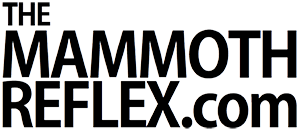MILANO. Berenice Abbott è stata una delle figure più influenti della fotografia del XX secolo. Ha dedicato la sua lunga carriera alla fotografia esplorando nozioni di fotografia documentaria e di realismo fotografico. Fino al 6 gennaio, alla Galleria Carla Sozzani, saranno in mostra alcune opere della fotografa statunitense, una discreta selezione di una carriera che ha influenzato i campi della ritrattistica e del panorama urbano oltre all’uso innovativo della fotografia scientifica. In opposizione al pittorialismo di Alfred Stieglitz, le immagini di Berenice Abbott sono precise rappresentazioni del mondo reale – visibile e invisibile- realizzate con esattezza e precisione scientifica.
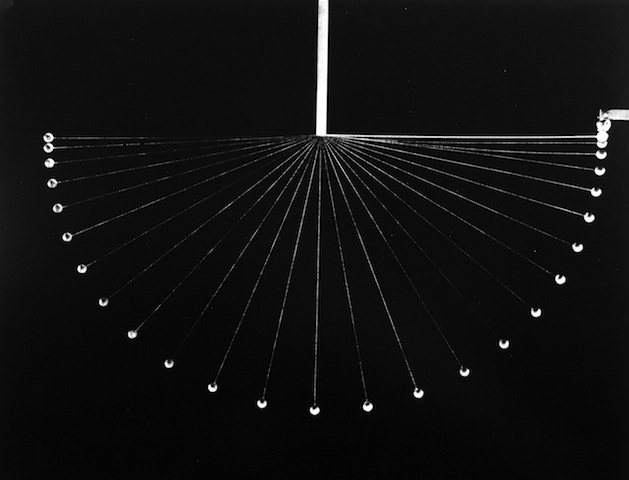
Nata in Ohio nel 1898, abbandona la facoltà di giornalismo presso l’Università dell’Ohio e si trasferisce a New York City per studiare scultura. Nei primi anni ’20 si trasferisce nuovamente, questa volta a Parigi dove si unisce al circolo degli intellettuali d’avanguardia. Diventa assistente di Man Ray che le insegna le tecniche della camera oscura e la introduce al lavoro del fotografo francese Eugène Atget.
Nel 1926 apre il suo studio di fotografia e raggiunge rapidamente il successo con una serie di ritratti di scrittori, drammaturghi e artisti: James Joyce, Eugène Atget, Marcel Duchamp, Man Ray, Jean Cocteau, Sylvia Beach, André Gide, Tsuguharu Foujita, Max Ernst, e Marie Laurencin, sono alcuni dei personaggi che hanno posato davanti al suo obiettivo.
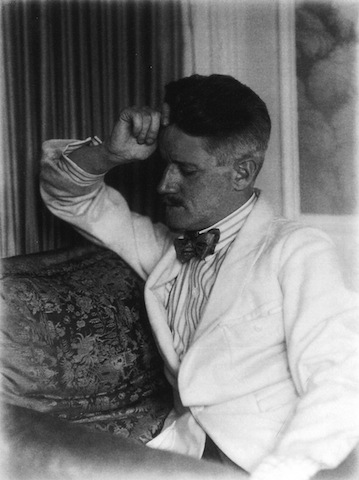
Di ritorno a New York nel 1929, Berenice Abbott progetta e realizza il suo lavoro più conosciuto e influente Changing New York. Concepito come una documentazione su New York e come interpretazione artistica, Abbott coglie i cambiamenti di una metropoli in evoluzione dopo la Grande Depressione. Il contrasto fra il passato, il presente e l’adattamento alla modernità è accentuato dall’alternarsi di uno stile documentario, diretto e frontale ad una nuova visione estetica caratterizzata da una particolare attenzione ai dettagli e dalle prospettive audaci.
Come la stessa Abbott ha dichiarato riferendosi a questo lavoro, “Nel caso particolare di New York – i contrasti, i cambiamenti veloci mi hanno ispirato. Lo sguardo di una città in movimento necessita di una dettagliata trama e prospettiva”.
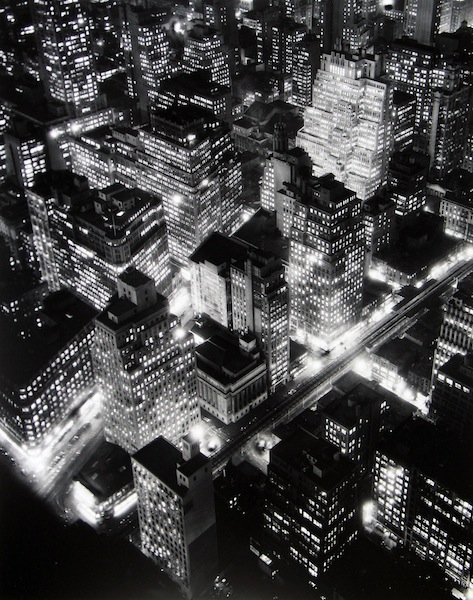
Nel 1939 Berenice Abbott inizia il suo più ambizioso progetto: fotografare i fenomeni scientifici. In qualità di photo-editor della rivista Science Illustrated conduce una serie di ricerche e sviluppa nuovi apparecchi fotografici e metodi di illuminazione. Alla fine degli anni ’50, realizza per il Massachusetts Institute of Technology una serie di illustrazioni sui principi della meccanica e della luce. Rifacendosi ai suoi esperimenti parigini degli anni ’20, in particolare alla tecnica del rayogramma di Man Ray, produce delle immagini che ancora oggi sono un raro esempio di come un meticoloso lavoro documentario al servizio della ricerca e della scienza possa raggiungere, attraverso inedite forme astratte, altissimi livelli artistici.
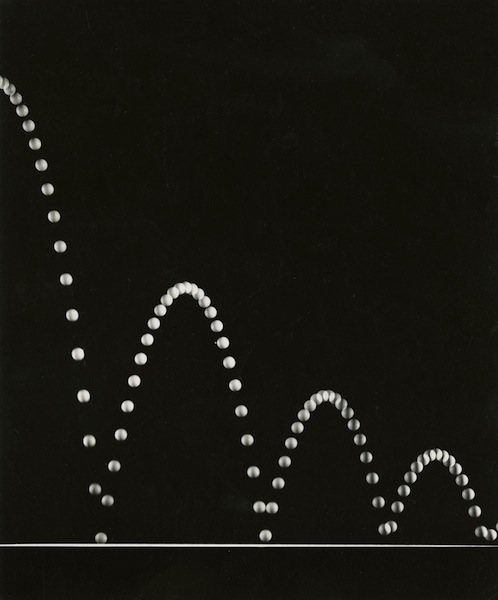
Innanzitutto definiamo cosa non è una fotografia. Una fotografia non è un dipinto, una poesia, una sinfonia, una danza. Non è solo una bella immagine, non un virtuosismo tecnico e nemmeno una semplice stampa di qualità. È o dovrebbe essere un documento significativo, una pungente dichiarazione, che può essere descritto con un termine molto semplice: selettività “.
Berenice Abbott nel 1951 tratto dall’Universal Photo Almanac.

Photography can never grow up if it imitates some other medium.
It has to walk alone; it has to be itself.”
Berenice Abbott
Presenting an exhibition of Berenice Abbott with a discrete selection from a career that influenced the fields of portraiture, urban landscape, and innovative scientific photography, Galleria Carla Sozzani introduces a new audience to the depth of Berenice Abbott’s aesthetic.
Berenice Abbott is one of America’s most outstanding photographers of the 20th century. She fashioned an extensive body of work in a career that explored and helped to define documentary photography and photographic realism. In opposition to the Pictorialism school of Alfred Stieglitz, Berenice Abbott’s images were precise presentations of the real world — visible and invisible — with flinty exactitude and scientific precision.
Born in Ohio in 1898, Berenice Abbott dropped her study of journalism at the University of Ohio, and moved to New York City to study sculpture. In the early 1920s, she moved again, this time to Paris where she joined the artistic and avant-garde intellectuals who were flooding into the city. She was introduced to Man Ray, also a New Yorker, and became his assistant. It was Man Ray who introduced her to the photographs of Eugène Atget and set her direction.
In 1926 she established her own photography studio and rapidly launched a successful career taking portraits of all the writers, playwrights and artists in her circle of friends. James Joyce, Eugène Atget, Marcel Duchamp, Man Ray, Jean Cocteau, Sylvia Beach, André Gide, Tsuguharu Foujita, Max Ernst, and Marie Laurencin among others, would come to sit in front of her lens.
Returning to New York City in 1929, Abbott conceives and shoots her best-known and most influential work, Changing New York. This portfolio of work represents a seminal study of an emerging metropolis. Documenting the dichotomy between past and present as New York re-invents itself after the Great Depression, her unique juxtaposition of the old and new alternate between a New Vision aesthetic characterised by an emphasis on details and bold perspectives, and a documentary style that is frontal and neutral. As Abbott herself said about this work, “In my own case with New York City – the contrasts, the fast changes inspired me. The look of a vibrant city needs detail texture, perspective.”
In 1939 Abbott began her most ambitious technical explorations attempting to photograph scientific phenomena as photo-editor for the review Science Illustrated. Based on these works and her technical research, in 1958 she is hired by the Massachusetts Institute of Technology (MIT) to produce a series of illustrations on the principles of mechanics and light. Abbott saw this as an opportunity to make the abstract elegance and beauty of science visible and concrete. Harking back to her experiments in Paris in the ‘20’s, and in particular Man Ray’s rayogram technique, she produces a series of images that are still today rich in discovery and visual elegance, a unique combination of documentary information with a sense of wonder.
“Let us first say what photography is not. A photograph is not a painting, a poem, a symphony, a dance. It is not just a pretty picture, not an exercise in contortionist techniques and sheer print quality. It is or should be a significant document, a penetrating statement, which can be described in a very simple term: selectivity”.
Berenice Abbott from “Universal Photo Almanac”, 1951
